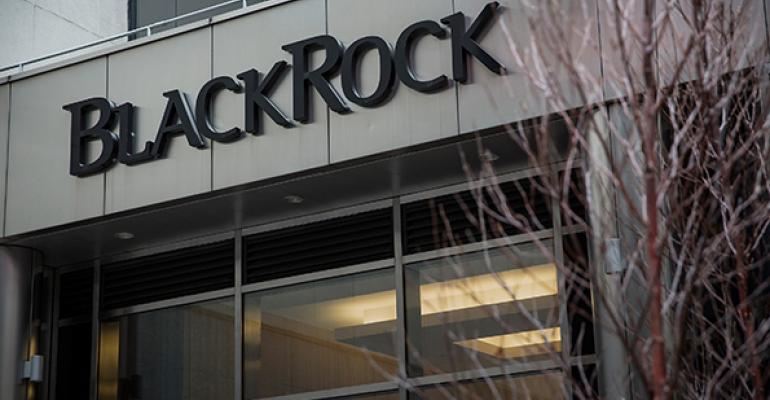Fees paid by clients in a model portfolio, excluding the advisor’s management fee, are not related to the amount of risk the advisor is taking in the portfolio. BlackRock recently analyzed some 10,000 advisor portfolios in Aladdin, its proprietary risk engine, and found that, in fact, conservative portfolios have the highest fees.
“Further, we find that fees, which average 0.54% across portfolios, are not related to the amount of active risk taking—either absolute risk or relative risk, indicating that advisors could obtain greater efficiencies in taking active risk with a given fee budget,” the report said.
The average net expense ratio was 58 basis points for conservative portfolios, 57 basis points for moderate conservative, 54 basis points for moderate aggressive and 45 basis points for aggressive. Aggressive portfolios are those holding greater than 80% equity.
"Factors and Advisors Portfolios," written by BlackRock Directors Brian Lawler and Patrick Nolan and Managing Directors Brett Mossman and Andrew Ang, was based on portfolio data from Sept. 30, 2017, to Sept. 30, 2018.
BlackRock analysts argue that the difference is likely related to advisors’ use of ETFs versus mutual funds. Advisors tend to use mutual funds, which are typically more costly than ETFs, for fixed income allocations. And models with no ETFs are three times more expensive than their peers. Portfolios with more than 70% exposure to ETFs cost an average 24 basis points.
The results point to an opportunity for advisors to better align their fees with risk in the portfolios and use more lower-cost vehicles.
Separately, BlackRock found that advisor portfolios are heavily exposed to the risk associated with economic growth; for portfolios with more than 30% equity, which account for 88% of the portfolios BlackRock analyzed, economic growth risk accounted for nearly three-fourths of portfolio volatility.
Advisors also lacked any meaningful exposure to style factors, except small-cap stocks.
“The average loadings to other rewarded style factors of value, momentum, quality, and low volatility do not significantly differ from market benchmarks. In their fixed income portfolios, advisors hold much shorter duration exposures than fixed income market benchmarks.”





